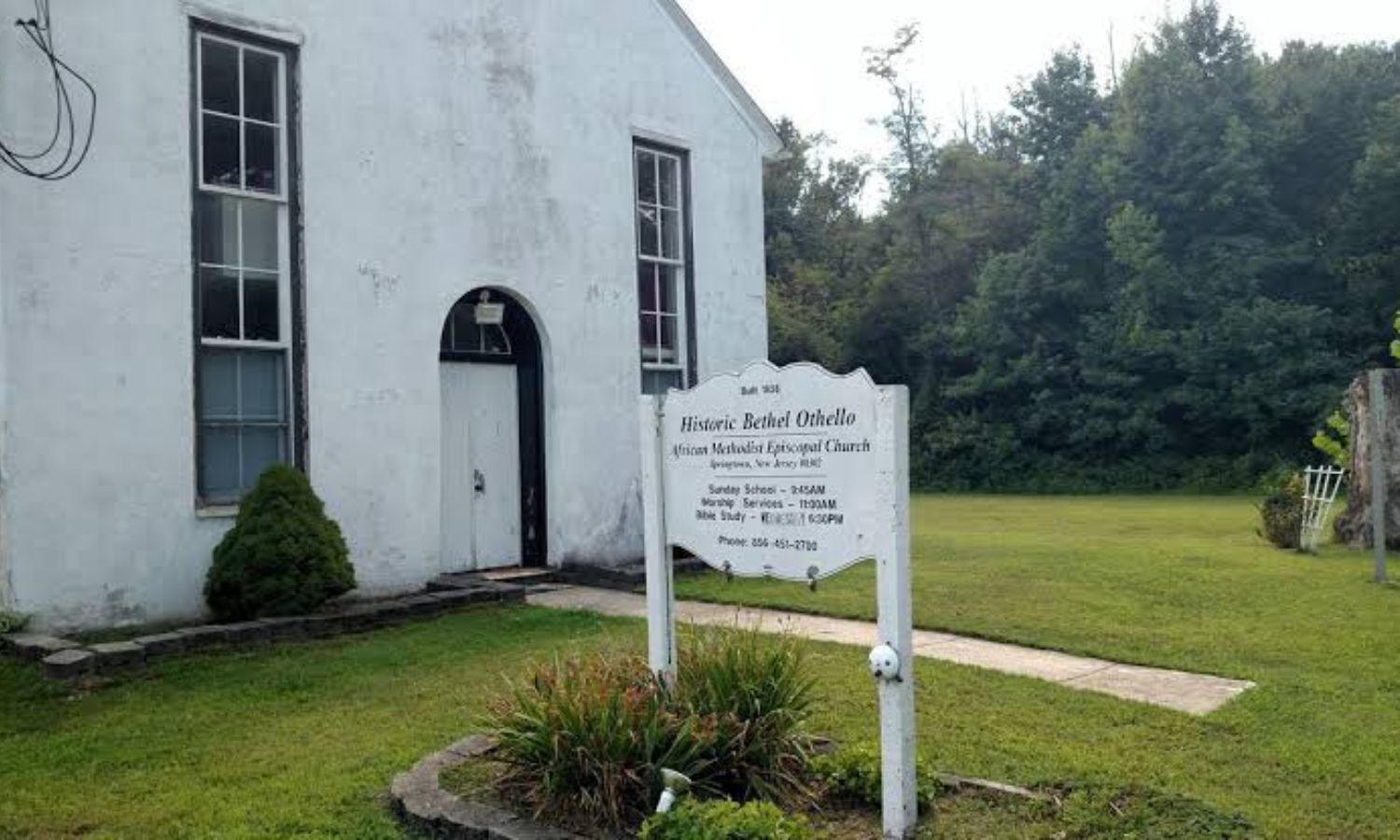New Jersey boasts many attractions: vibrant cities, picturesque beaches, and a rich historical tapestry. Yet, nestled within its borders lies a hidden realm, seldom spoken of and rarely explored. Here, time appears frozen, nature reigns supreme, and echoes of the past linger in the present. Welcome to the enigmatic **Pine Barrens**, an expansive territory of forests, marshes, and abandoned settlements spanning nearly a quarter of the state.
Unraveling the Origins of the Pine Barrens
Known also as the Pinelands or simply the Pines, this natural expanse sprawls across seven counties in southern and central New Jersey. Its moniker stems from the thick clusters of pine trees dominating its terrain, thriving in the sandy, acidic soil unfit for conventional farming. Encompassing approximately 1.1 million acres, or 22 percent of the state’s landmass, it stands as the largest continuous woodland along the Eastern Seaboard.
The history of the Pine Barrens is diverse and ancient, tracing back to the indigenous peoples who roamed the region prior to European colonization. The Lenape, or Delaware Indians, dubbed it “Popuessing,” translating to “the place of the dragon,” mythically alluding to creatures they believed inhabited its swamps and lakes. While the Lenape utilized the land for sustenance through hunting and gathering, they refrained from erecting permanent settlements.
European exploration of the Pine Barrens commenced in the 17th century with Dutch and Swedish expeditions, though neither found the land conducive to settlement. Subsequent British dominion in the late 1600s similarly saw minimal interest in the region, with coastal areas preferred for their fertility. Large land grants were thus allocated to affluent proprietors who, in turn, leased or sold parcels to tenants and speculators.
The Ascendancy and Decline of Pine Barrens Industries
The Pine Barrens remained largely untapped until the 18th and 19th centuries, when burgeoning industries capitalized on its natural resources. Foremost among these was the iron sector, harnessing abundant pine wood to fuel furnaces smelting iron ore harvested from bogs and streams. This iron proved vital for crafting cannons, stoves, nails, and tools, serving pivotal roles in conflicts such as the American Revolution and the War of 1812.
Concurrently, glassmaking flourished, leveraging pine wood for fuel and the region’s sandy soil for silica, essential in glass production. Output encompassed bottles, jars, and windows, with a portion exported to European and Caribbean markets. The mid-1800s marked the pinnacle of this industry, boasting over 50 operational glassworks within the Pine Barrens.
Additional enterprises thrived, including charcoal production, paper milling, and cranberry and blueberry cultivation, fostering the growth of numerous settlements like Batsto, Atsion, Chatsworth, and Hammonton. The Pine Barrens burgeoned into a bustling hub, with a populace surpassing 20,000 by the late 1800s.
Nevertheless, the zenith of Pine Barrens industries was fleeting, succumbing to various pressures. Depletion of timber resources, the rise of cheaper coal and oil alternatives, infrastructural competition from other regions, and shifting consumer demands collectively precipitated the region’s economic downturn. By the early 1900s, most industries had faltered or relocated, leaving behind derelict factories, mines, and towns. Consequently, the Pine Barrens populace dwindled as inhabitants sought livelihoods elsewhere, abandoning their once-thriving communities.
Unveiling the Enigma of the Pine Barrens Today
Today, the Pine Barrens stand as a poignant testament to its former grandeur. A realm of solitude and decay, where vestiges of yesteryears gradually surrender to encroaching wilderness. Many erstwhile bustling settlements now lie in ruin, with scant remnants serving as silent witnesses to their bygone existence. Notably, locales like Ong’s Hat, Harrisville, and Martha have vanished entirely, leaving no trace of their erstwhile prominence.
Beyond its desolation, the Pine Barrens shroud themselves in mystery and folklore, boasting a plethora of tales involving peculiar creatures, supernatural occurrences, and unresolved enigmas. Foremost among these legends is the infamous **Jersey Devil**, a winged, hooved aberration reputed to haunt the Pine Barrens, instilling dread in those it crosses paths with. Tracing its origins to 1735, when Mother Leeds purportedly birthed her cursed 13th child, this cryptid has since become an enduring symbol of the region’s mystique.
Further stories abound, from the enigmatic **Blue Hole**, a bottomless pool ensnaring the ghost of a drowned boy, to the **Pine Barrens Tree**, an ominous arboreal site intertwined with tales of witchcraft and satanic rites. The **Leeds Point Cemetery** stands as another locus of intrigue, purportedly the Jersey Devil’s birthplace and interment ground for pirates, smugglers, and murderers.
Yet amidst its macabre allure, the Pine Barrens exude a raw, untamed beauty. A sanctuary for a diverse ecosystem comprising over 850 plant species and 350 animal species, some of which teeter on the brink of extinction. Moreover, the Pine Barrens host the state’s largest aquifer, a vital water source catering to millions. Designated as a National Reserve, it stands safeguarded against development, preserving both its natural splendor and cultural heritage.
The Pne Barrens beckon intrepid souls to explore its depths, promising a journey through time and terrain alike. A testament to the past, a challenge to the present, and a beacon of hope for the future. Within its eerie embrace lies a tapestry woven with abandonment and resilience, evoking both trepidation and enchantment. Forgotten yet unforgettable, the Pine Barrens stand as New Jersey’s enigmatic, forsaken enclave.

